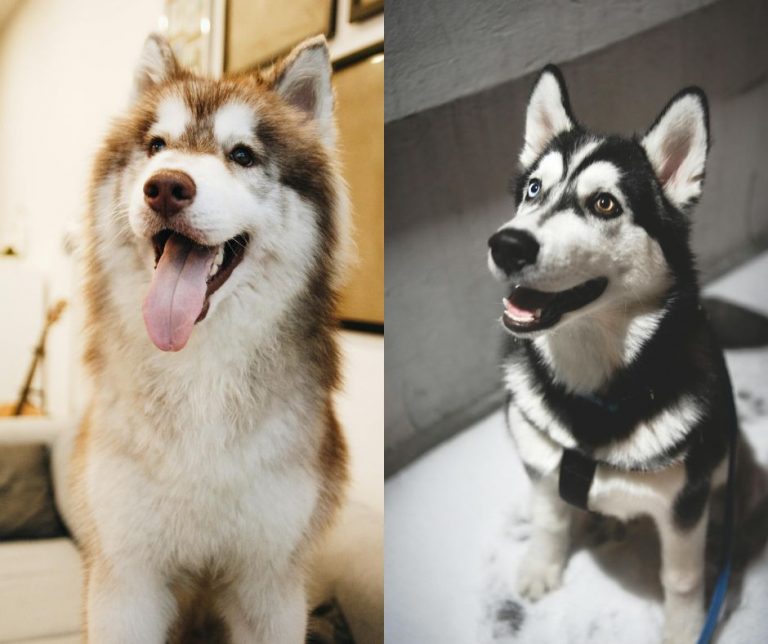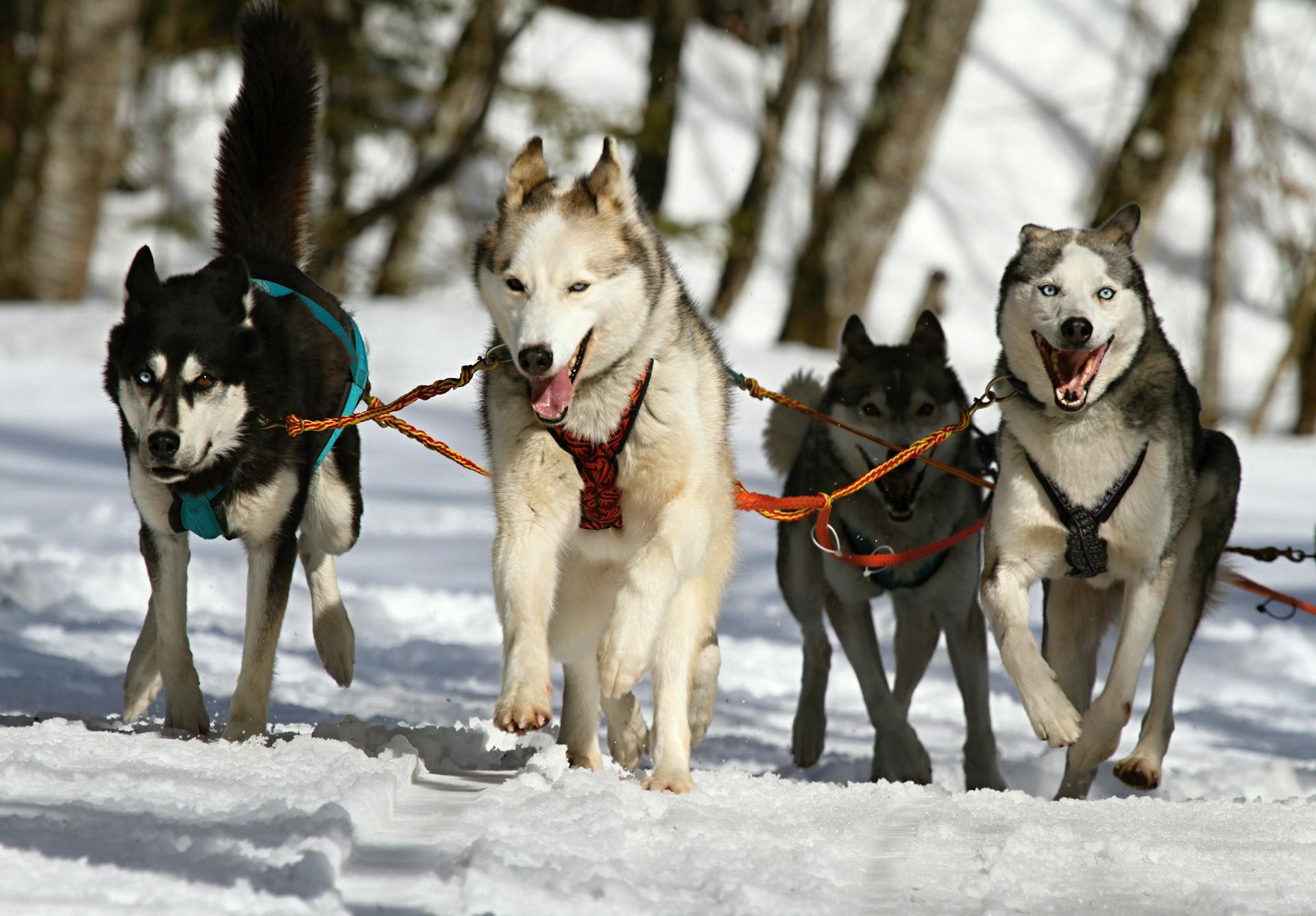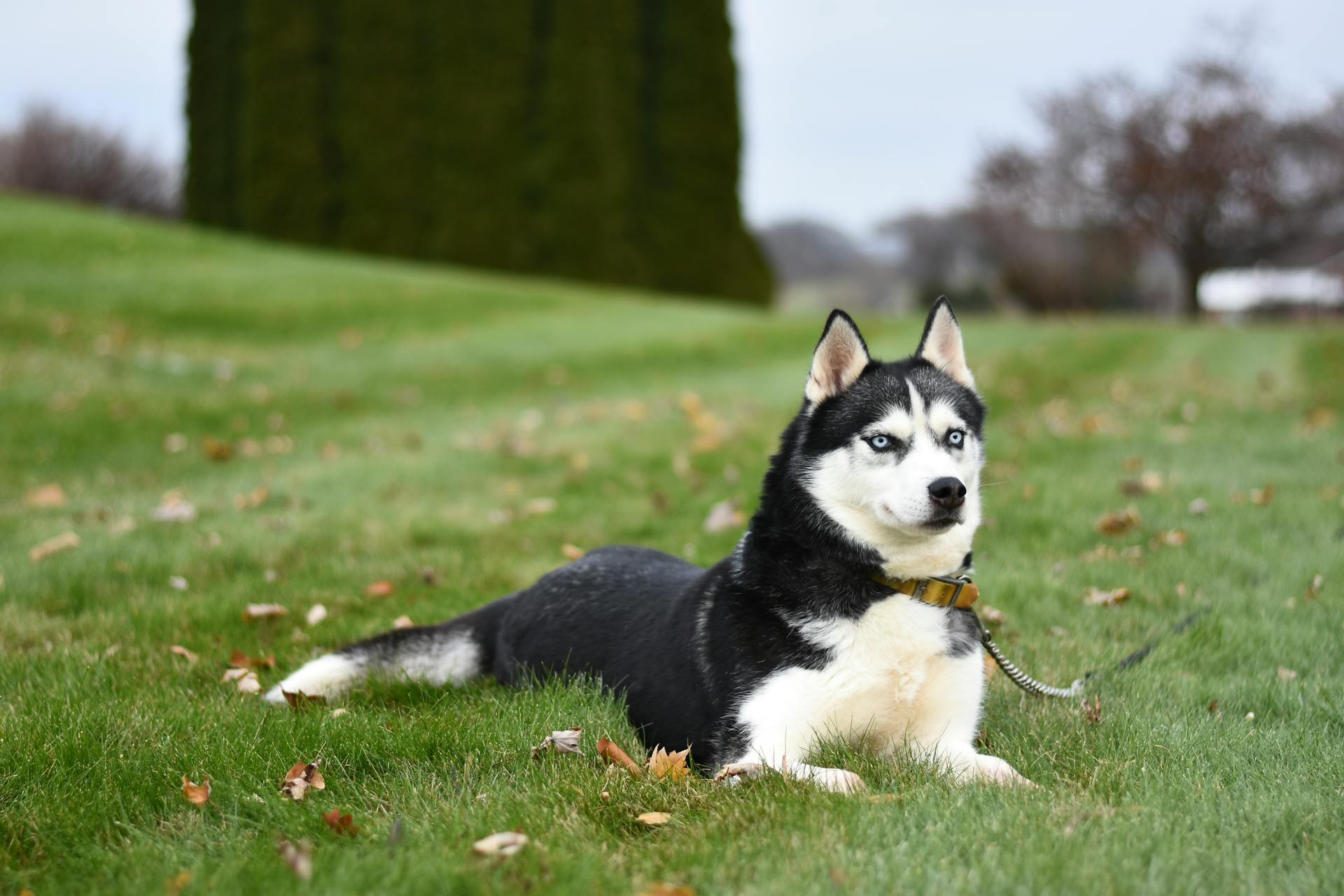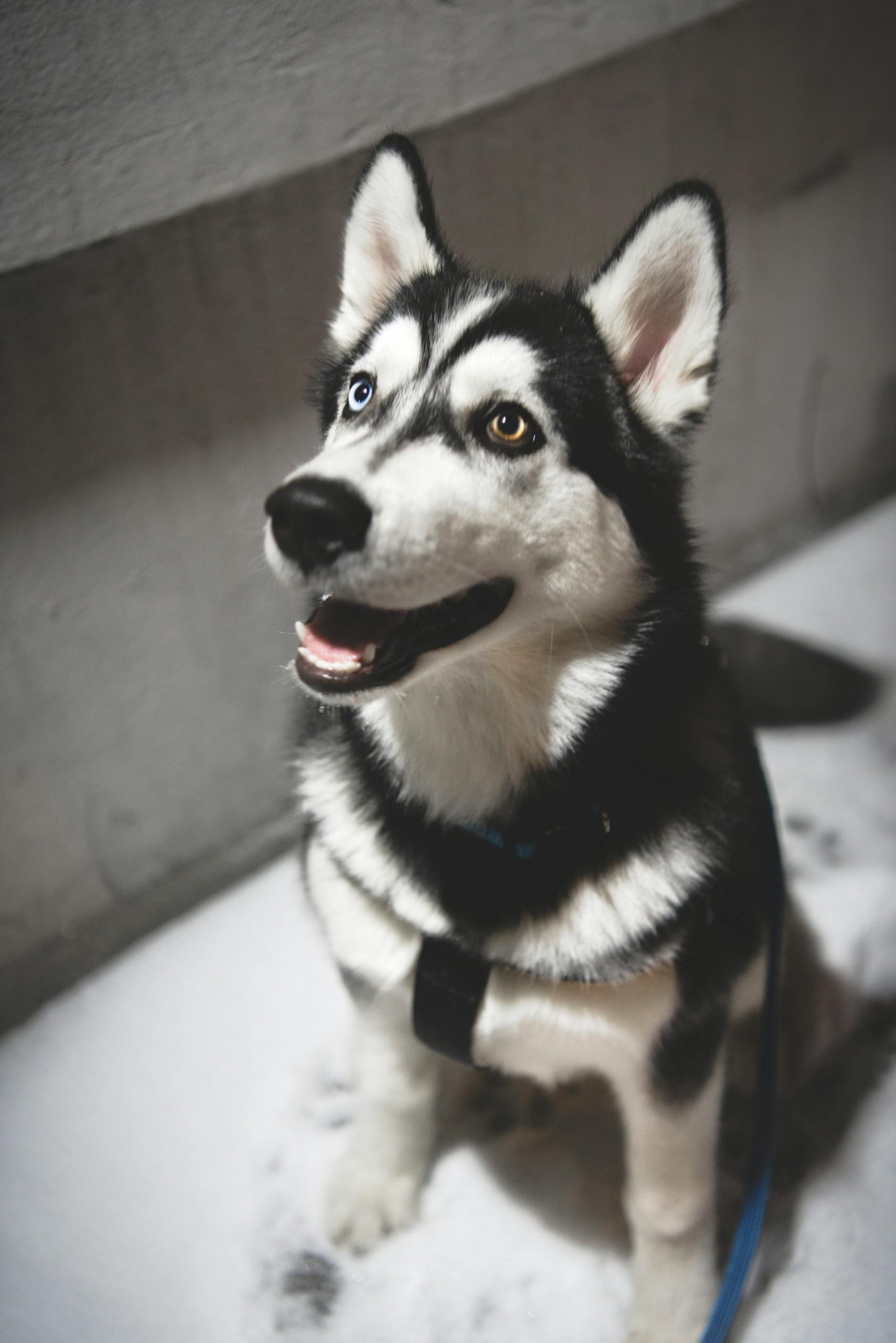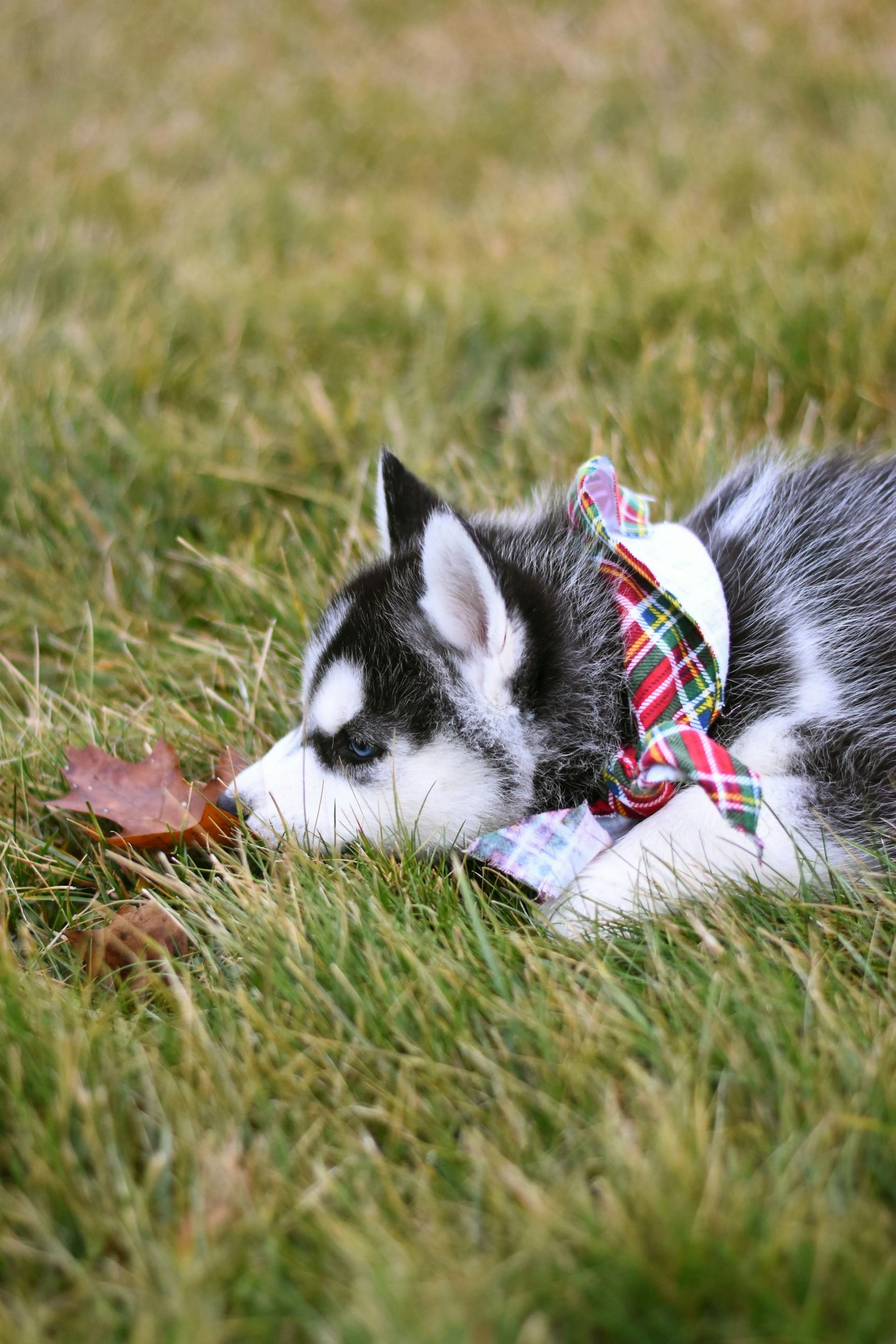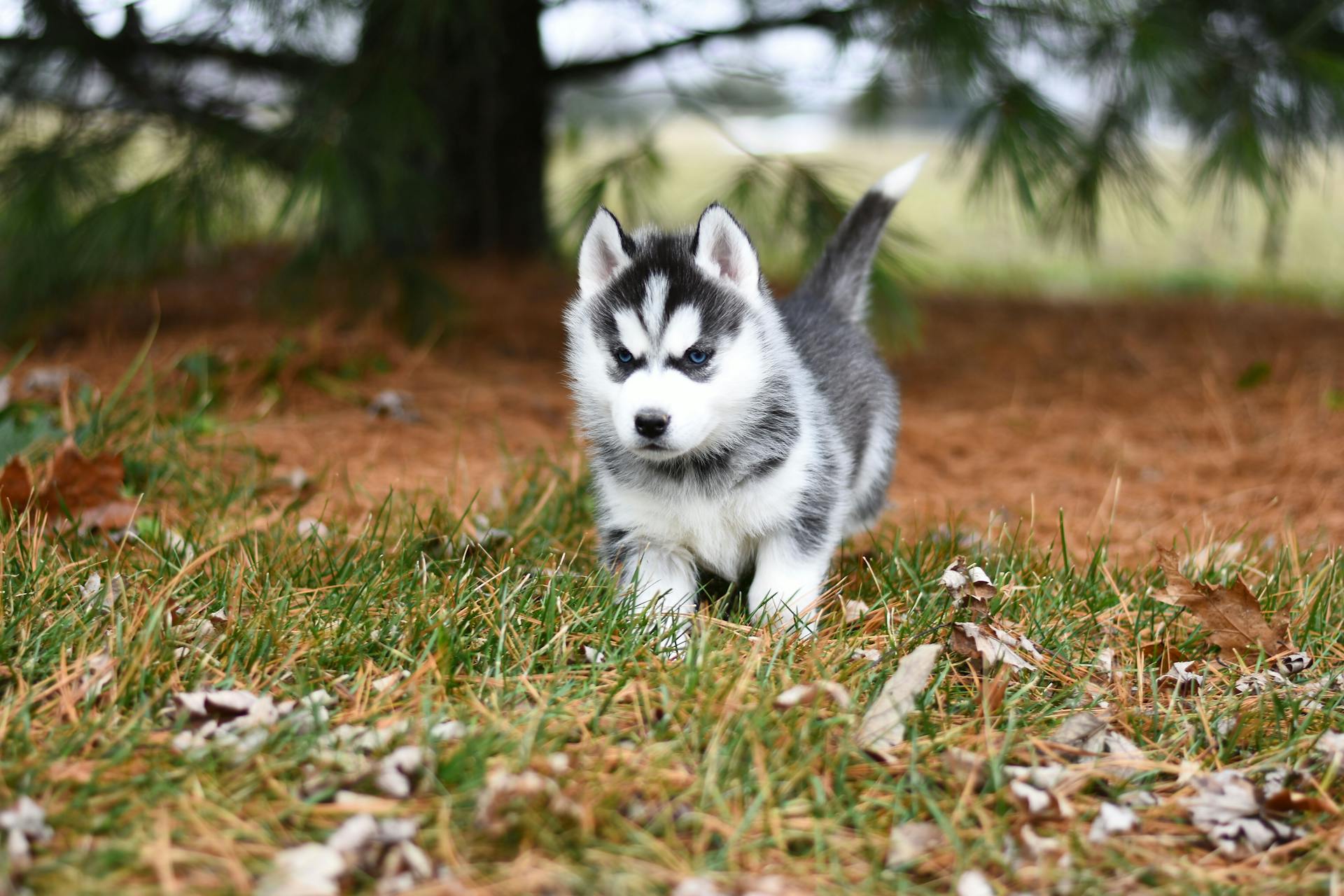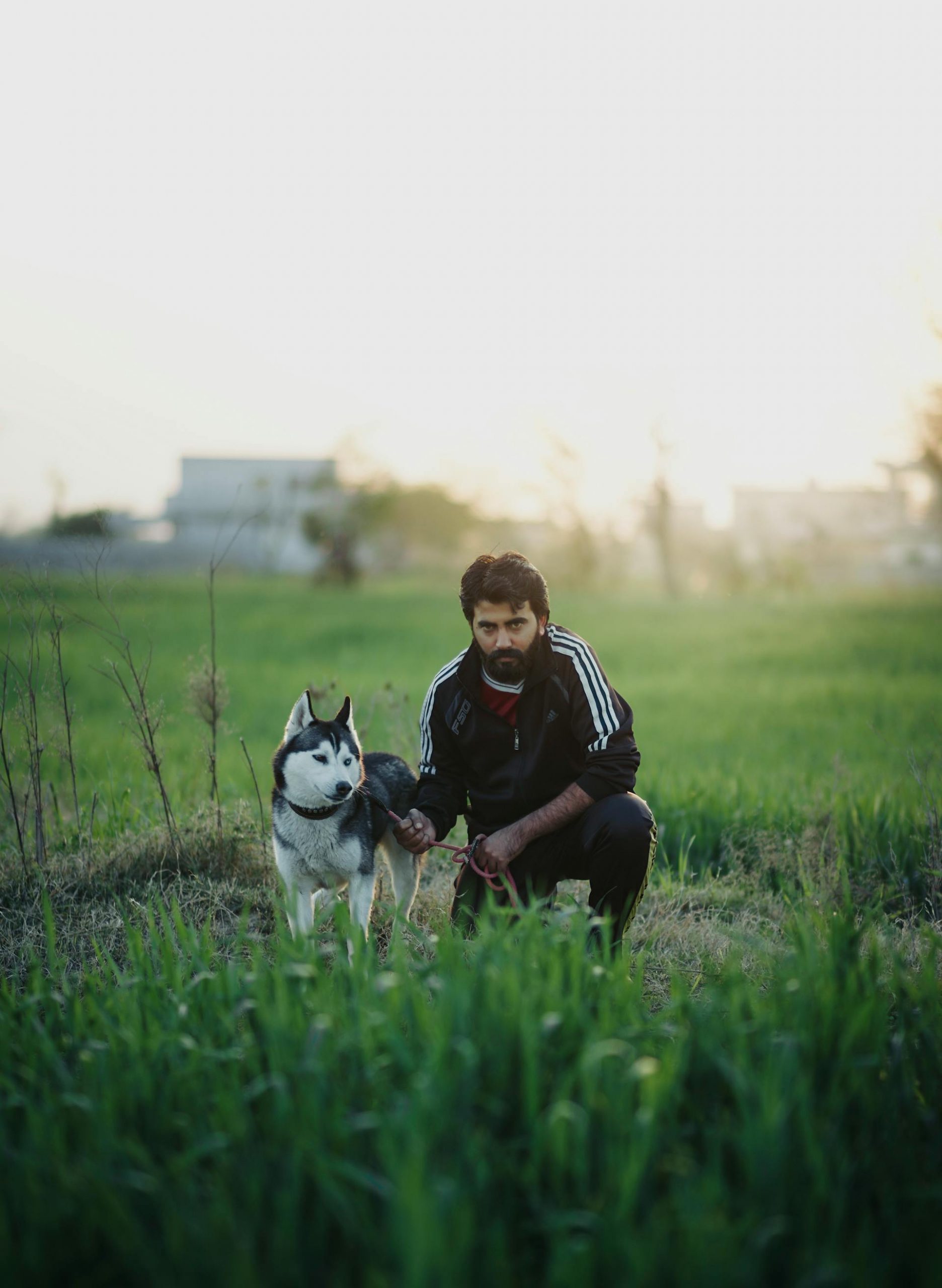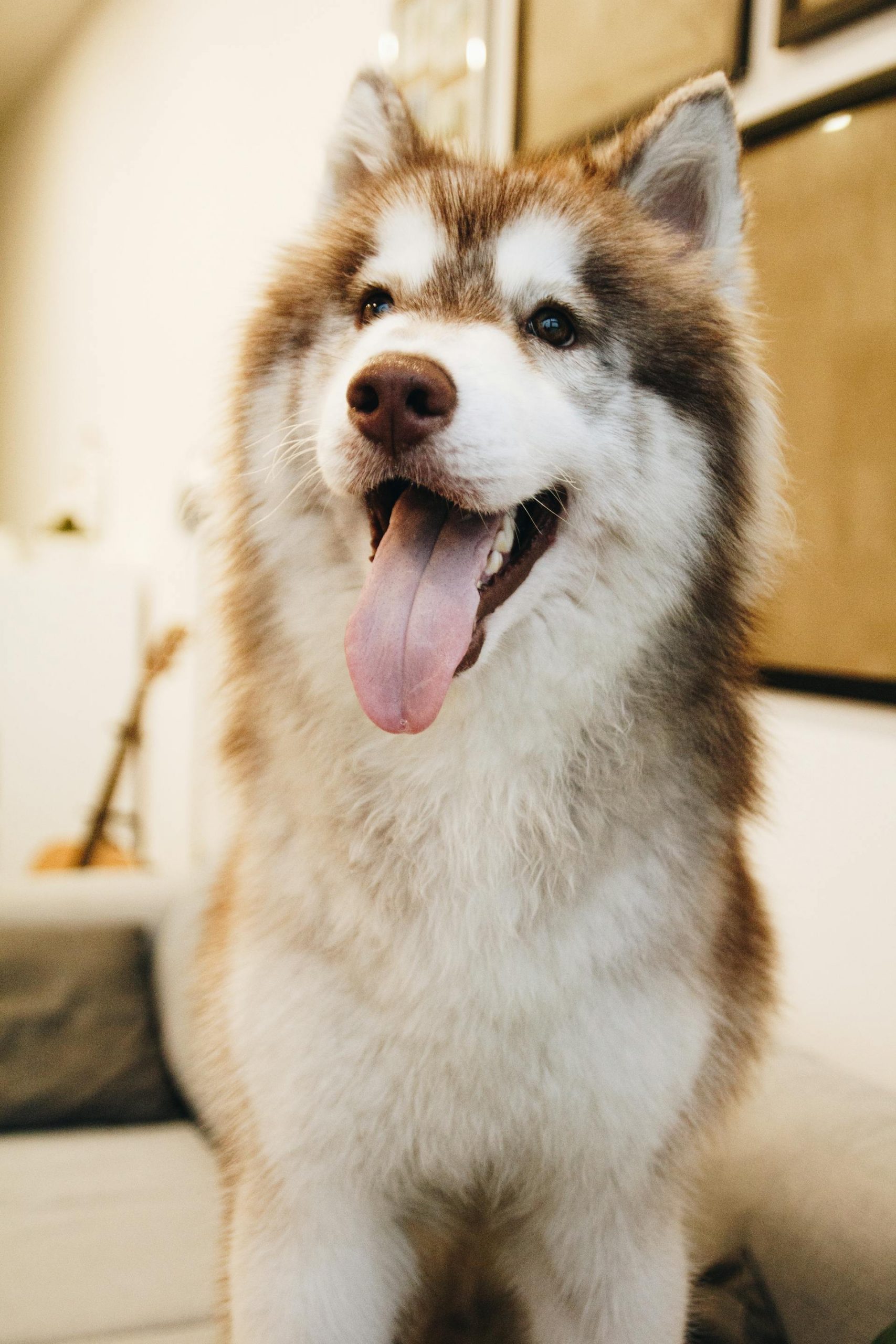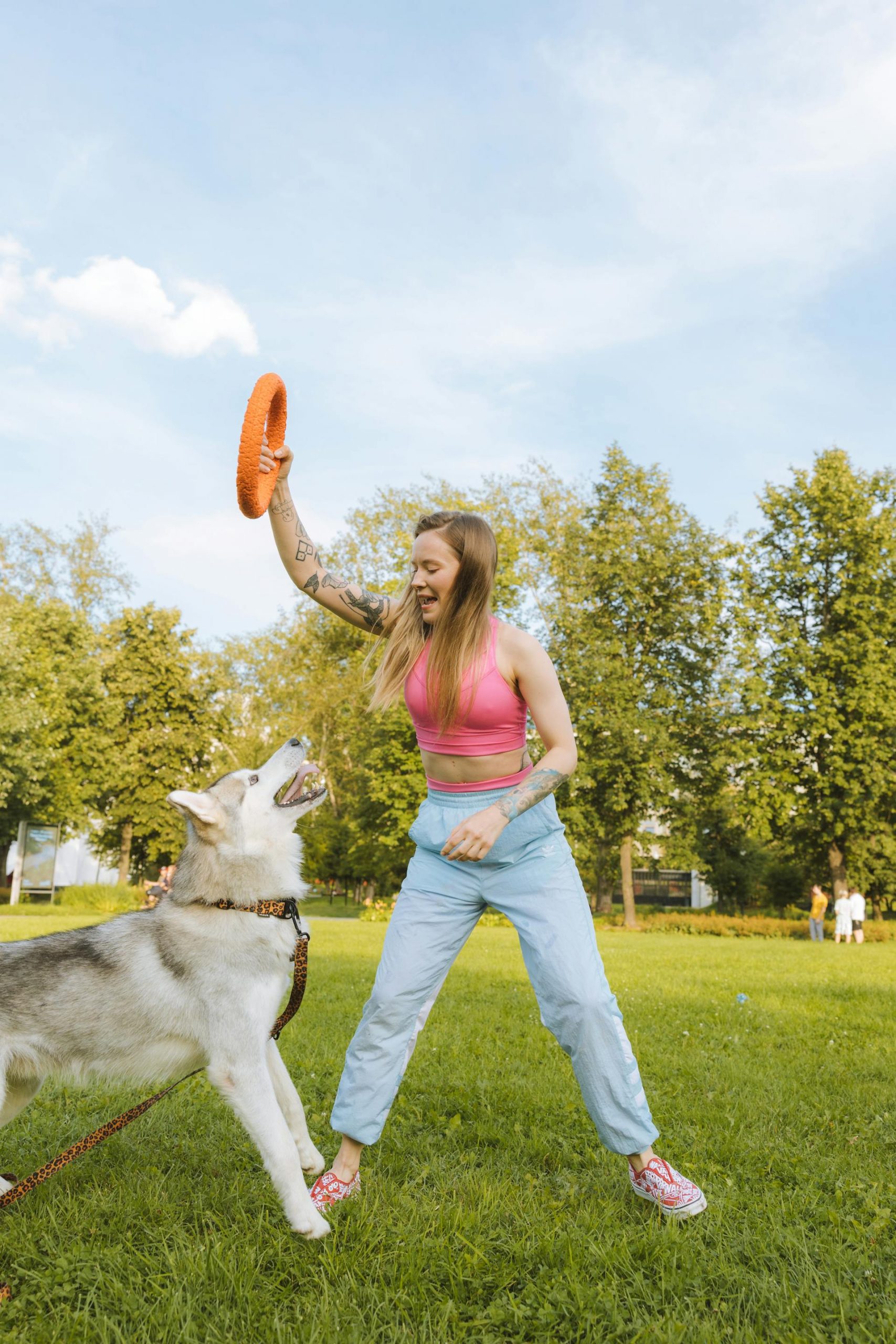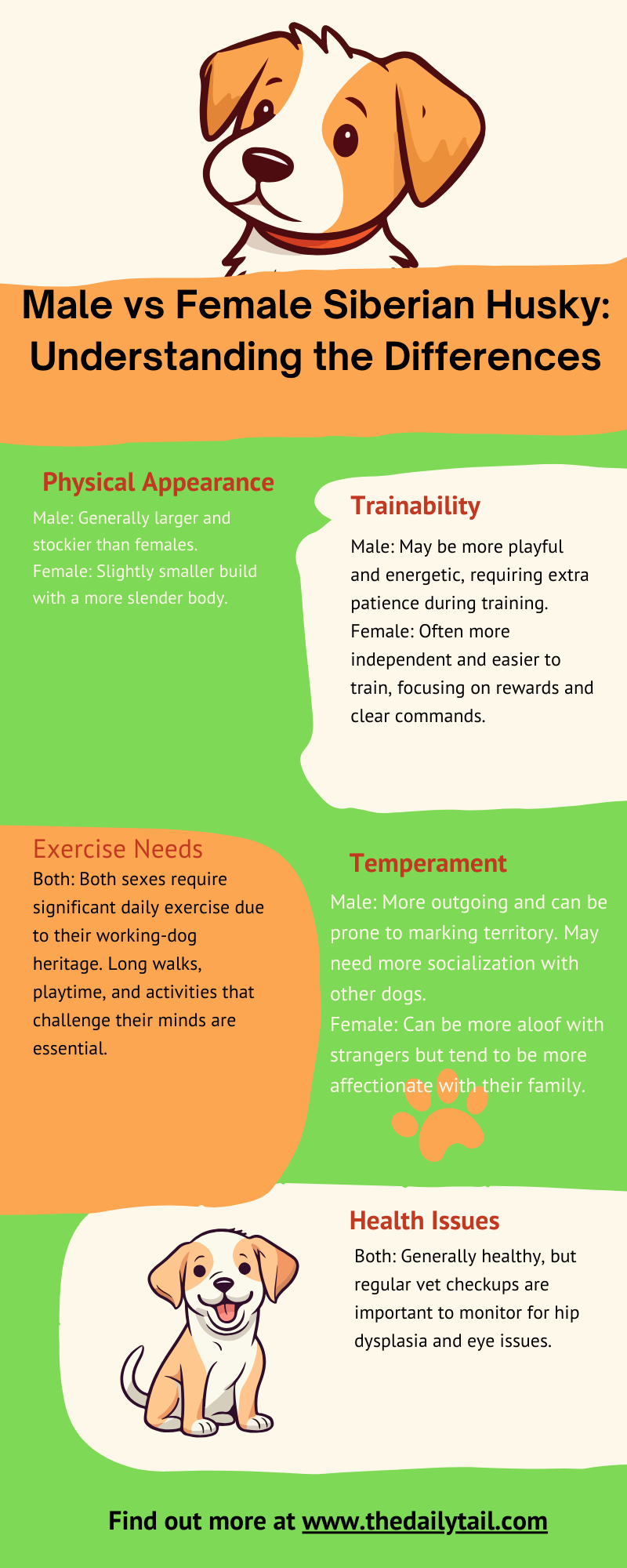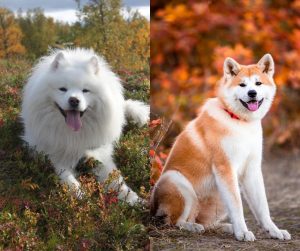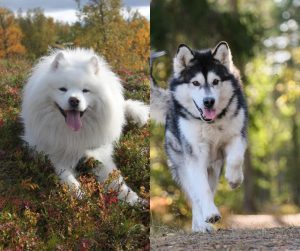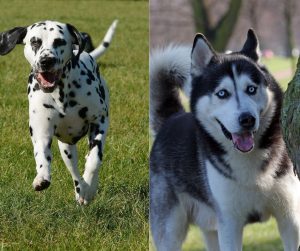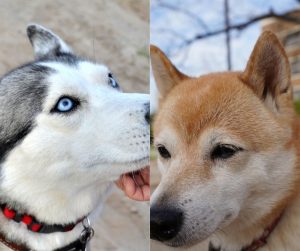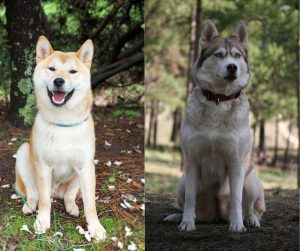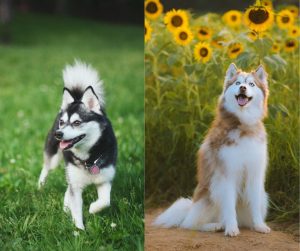When choosing a Siberian Husky, prospective owners often consider whether to opt for a male or a female dog. This decision is not merely a question of personal preference but also involves understanding the nuanced differences between the two genders.
Both male and female Siberian Huskies have traits that make them well-suited to different individuals or families, depending on their needs and lifestyles. Prospective owners must weigh these differences carefully.
Physical characteristics do play a significant part in differentiating male from female Siberian Huskies.
Males typically boast larger and heavier frames and possess thicker, more rugged coats. On the other hand, females tend to be smaller with a more delicate build, enhancing their agility.
Behavioral traits, which include levels of affection, playfulness, and dependency, also distinguish the sexes.
Males are known for being more outgoing and attached to their owners, while females often display more independence and discernment with their affection. Let’s take a look at all the differences within male vs female Siberian Husky dog breed.
Key Takeaways
- Male and female Siberian Huskies vary in size, with males being larger and females more agile.
- Different gender-specific behaviors influence the choice for owners based on their preference for affection and independence.
- Considering gender is crucial in aspects like training, socializing, and managing reproduction-related care.
Physical Characteristics
When diving into the world of Siberian Huskies, one can’t help but notice the distinct differences in physical characteristics between males and females.
It’s not just about their looks; these traits directly affect their presence and influence within the breed. Nowadays, a lot of people mistake the Siberian Husky for the Alaskan Malamute. But they are a different breed that differs not only in size, but in personality as well. And there is also the Alaskan Husky, another different type. We have to note, the Alaskan Husky is not recognized by the American Kennel Club. The Alaskan Malamute is.
Size and Appearance
Male Siberian Huskies generally boast a larger and more robust stature. They tip the scales at an average weight of 45 to 60 pounds and can stand tall up to 23 inches in height. Their build gives off a strong and powerful vibe, reflecting their spirited nature.
Females, on the other hand, tend to have a more petite frame, weighing in at around 35 to 50 pounds, with a height that typically maxes out at 22 inches. This difference in size between the two sexes adds a subtle layer of diversity to the Husky’s impressive appearance.
Coat and Color
Whether you’re petting a male or female Husky, you’ll immediately notice the thick, double-layered coat that protects them from harsh climates.
They both come in a stunning array of colors, from black to white and many shades in between, including greys and reds. Their coats possess a wolf-like quality that reflects their heritage and adventurous spirit.
As for shedding, prepare for a real fur fest twice a year during the shedding season, no matter the gender. It’s a fluffy ordeal, but it’s also a testament to the breed’s resilience and adaptability to different environments.
Behavioral Traits
When choosing a Siberian Husky, potential owners commonly examine differences in behavioral traits between males and females. These traits include temperament, how they interact within the pack, and their territorial instincts.
Temperament
Male Huskies are often characterized as more affectionate and playful. They typically exhibit strong attachments to their owners, craving attention and interaction.
In contrast, female Husky dogs might present themselves as more independent. While they do form bonds with their owners, they might not seek out affection as prominently as their male counterparts.
Pack Dynamic
Within a pack, male Huskies may be more prone to displaying dominant tendencies. They might try to assert themselves as the alpha or leader, especially around other males.
Females tend to be less concerned with hierarchy, though they can be assertive when interacting with other members of the pack. Female Huskies can be quite firm in establishing their place without overt aggression.
Territorial Behavior
Territorial behavior is common in Huskies, but the way it manifests can differ by gender.
Male Husky dogs may express territorial aggression more overtly, marking their space and reacting to perceived encroachments with more assertive behavior.
On the other hand, females might be territorial as well, but they often handle these situations with a subtler approach, possibly through body language cues rather than direct aggression.
Health and Care
Caring for a Siberian Husky is both rewarding and demanding. They’re resilient dogs but have their share of health quirks.
Regular visits to the vet and a proper grooming routine are crucial for keeping them in top shape. They have high energy levels and need sufficient exercise to maintain their health and happiness. Let’s dig into the specifics.
Common Health Issues
Siberian Huskies are generally healthy, but they can be prone to certain conditions.
They’re at risk for hip dysplasia, which is a malformation of the hip joint that can lead to arthritis. Eye problems are also common; Huskies can develop cataracts as well as other eye conditions.
Owners should look out for any signs of discomfort or changes in their Huskies’ behaviors that might indicate health issues.
Grooming and Shedding
Huskies boast a thick double coat that requires regular grooming.
At least once a week, they need a thorough brush-out to reduce shedding and keep their coat healthy. During shedding season, which typically happens twice a year, more frequent grooming is necessary to handle their increased shedding. This helps to distribute natural oils, prevent matting, and keep the coat and skin healthy.
Diet and Exercise
Huskies have high energy levels and their exercise needs are significant—they’re sled dogs, after all!
Daily exercise is vital; they thrive on activities such as running, hiking, or agility training.
When it comes to their diet, Huskies need high-quality food that supports their energetic lifestyle. Owners should be cautious with food portions to avoid obesity.
Food aggression is rare in well-socialized Huskies but still something to be mindful of. Regular activity paired with a balanced diet ensures these dogs stay fit and joyful.
Training and Socialization
When it comes to Siberian Huskies, dog training and socialization are not just activities; they are critical components in shaping a well-adjusted and happy dog. And there is a slight difference between a male vs female Siberian Husky. Females are more stubborn.
These dogs are known for their intelligence and independent nature, which can make training both a challenge and a joy. It’s important to approach this with patience and the right techniques.
Obedience and Commands
Obedience training for Huskies should start early, as their independent streak can turn to stubbornness if they believe they are in charge.
Breaking this down into manageable steps is key. Here’s a structured approach:
- Start with basic commands such as sit, stay, come, and heel. Use clear and consistent cues for each command.
- Utilize positive reinforcement—reward them with treats, praise, or play whenever they correctly follow a command. This builds a positive association with obeying.
- Working with a professional dog trainer can greatly benefit both the dog and the owner, especially when one is inexperienced. They introduce structure and expert techniques to your Husky’s dog training regimen.
Coping with Prey Drive
A Siberian Husky puppy’s prey drive is a natural instinct that can make socialization and training more challenging, but it can be managed with consistent effort:
- Socialization should start early to help Huskies get comfortable around different people, environments, and other animals.
- When they display prey drive behaviors, redirect their attention with commands or toys to break their focus.
- In scenarios where their prey drive could lead to problematic behavior, it’s essential to keep them on a leash and maintain control.
Keep training sessions short, fun, and frequent. For Huskies, socialization and obedience training are most effective when they’re engaging and enjoyable, reflecting their playful spirit.
Gender-Specific Behavior
When looking at the Siberian Husky breed, understanding gender-specific behaviors can be illuminating for potential owners. Not only do these behaviors influence training, they also play a role in overall compatibility with different family dynamics.
Male Dominance and Territoriality
Male Siberian Huskies are often known for establishing their presence through dominance. They tend to mark their territory more prominently and can be protective of their environment.
These boys might push boundaries to assert their place in the pack, especially if they’re not neutered. Neutering can sometimes reduce these behaviors, but it’s not a guarantee. They can show a lot of affection but on their terms, often still wanting to keep an eye on everything around them.
Female Independence and Nurturing
On the flip side, female Huskies display signs of independence and nurturing tendencies.
They are usually less interested in a power struggle and more in tune with their own space. Unlike their male counterparts, females might be more content to do their own thing, although they’re certainly capable of showing affection.
When spayed, female Huskies may experience fewer mood swings, and their nurturing side can become more pronounced, potentially making them more predictable companions.
Reproduction and Breeding
When discussing the reproduction and breeding of Siberian Huskies, it’s important for potential breeders and pet owners to understand the differences between males and females, as well as the effects of spaying and neutering on these dogs.
Breeding Considerations
For those considering breeding Siberian Huskies, selecting the right mates is crucial. Male and female Huskies should both display exemplary breed characteristics. Breeders often emphasize:
- Health: Both mates should have no significant hereditary health issues.
- Temperament: Look for a friendly and stable temperament, in line with breed standards.
- Physical attributes: Ideal candidates exhibit desired traits such as coat quality and body structure.
The female Husky’s heat cycle typically occurs twice a year, and during this time, she can be bred.
Responsible breeders will avoid overbreeding and ensure proper health checks are in place.
It’s also worth noting that while male Huskies can breed multiple times and often throughout the year, monitoring their health and overbreeding is equally important.
Spaying and Neutering Impacts
The decision to spay (female Huskies) or neuter (male Huskies) is significant and has both health and behavioral impacts:
- Health: Spaying can prevent uterine infections and breast cancer in females. Meanwhile, neutering can prevent testicular cancer and some prostate problems in males.
- Behavior: Neutering males often results in reduced aggression and marking territory. On the other hand, spaying females eliminates heat cycles and associated behaviors.
This procedure should be discussed with a veterinarian to determine the best age and approach for each individual dog. A spayed or neutered Husky will be exempt from the breeding process, and they will no longer contribute to the population of puppies. This can be a considerate choice to prevent overpopulation and ensure each Husky has a loving home.
Living with Siberian Huskies
As one navigates the joys and challenges of living with Siberian Huskies, understanding the distinct traits and needs of male and female huskies can help ensure a harmonious home.
Family Fit
Siberian Huskies are known for their friendly demeanor, often making them a wonderful addition to families with children. They are generally sociable and enjoy being part of a pack, which translates well into family life.
- Male Siberian Huskies tend to be more affectionate and may exhibit dependency, seeking constant companionship from their human family members.
- Female Siberian Huskies, on the other hand, may display more independence but still cherish being part of family activities.
Both males and females are energetic and will require significant exercise to keep them content. Without enough stimulation, Siberian Huskies of either sex might resort to undesirable behaviors, such as escape attempts.
Adaptability to Lifestyle
Siberian Huskies are adaptable dogs. However, they do have some specific needs that must align with their owner’s lifestyle.
| Lifestyle Aspect | Male Siberian Huskies | Female Siberian Huskies |
|---|---|---|
| Exercise Needs | High, with an inclination for more playfulness | High, with a tendency to be more focused during activities |
| Space Needs | Larger in size, may require more space | Usually smaller, but still need ample space to move around |
| Training | May show dominance, needing consistent and firm training | Often easier to train due to their independence |
| Living with Other Pets | Can be territorial; introductions need care | Usually tolerant, but introductions should be done gradually |
Both male and female Siberian Huskies have escape tendencies due to their curious and adventurous nature. Secure fencing and regular exercise can mitigate these tendencies. Adapting your lifestyle to meet their needs for outdoor activity and mental stimulation is paramount for a harmonious living environment.

